Northfield, 2018
A compacted grass monoculture transformed into a dense weave of ground covers and taller structural perennials and shrubs to support the keystone oak species that circle this site.
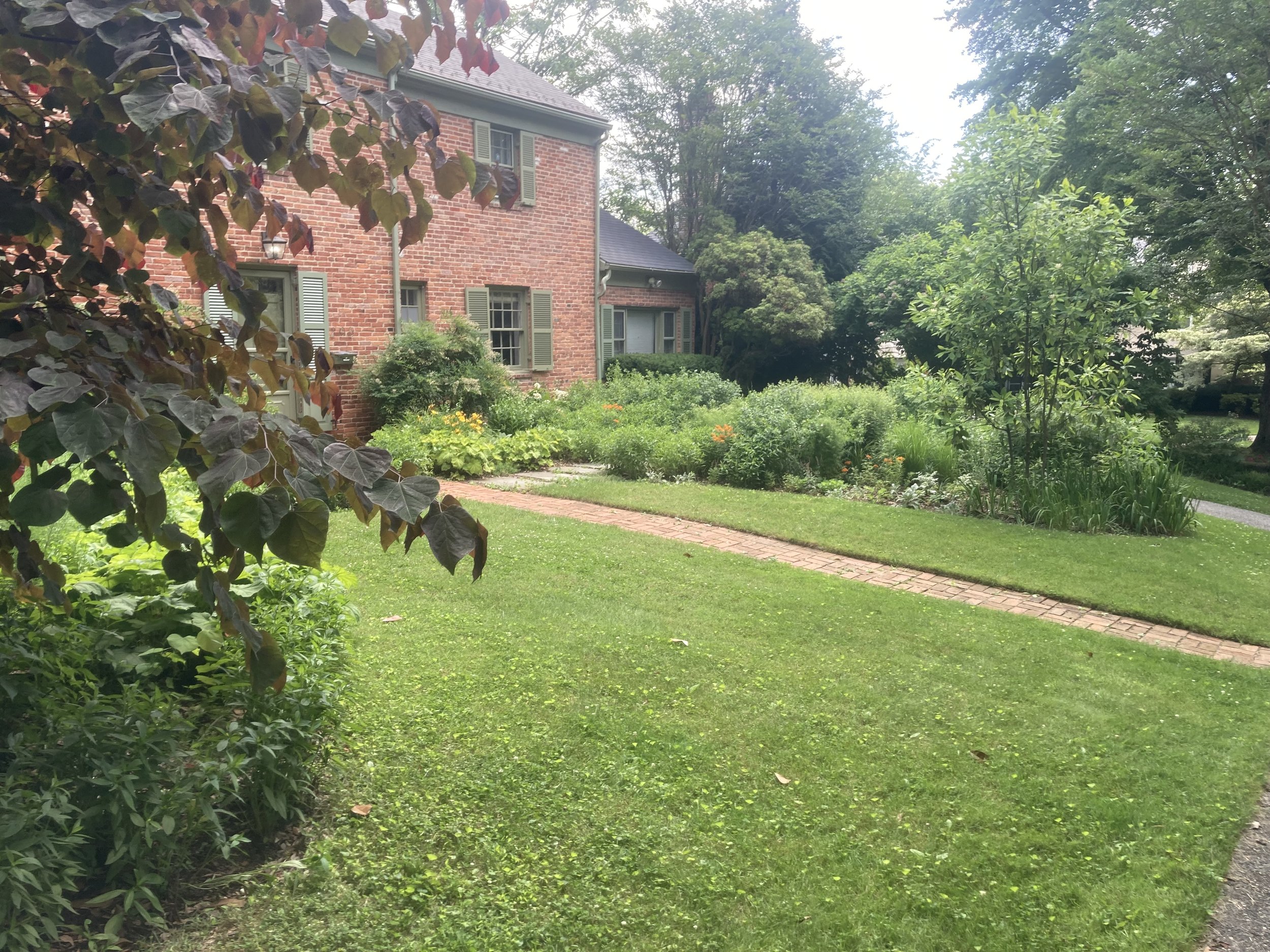
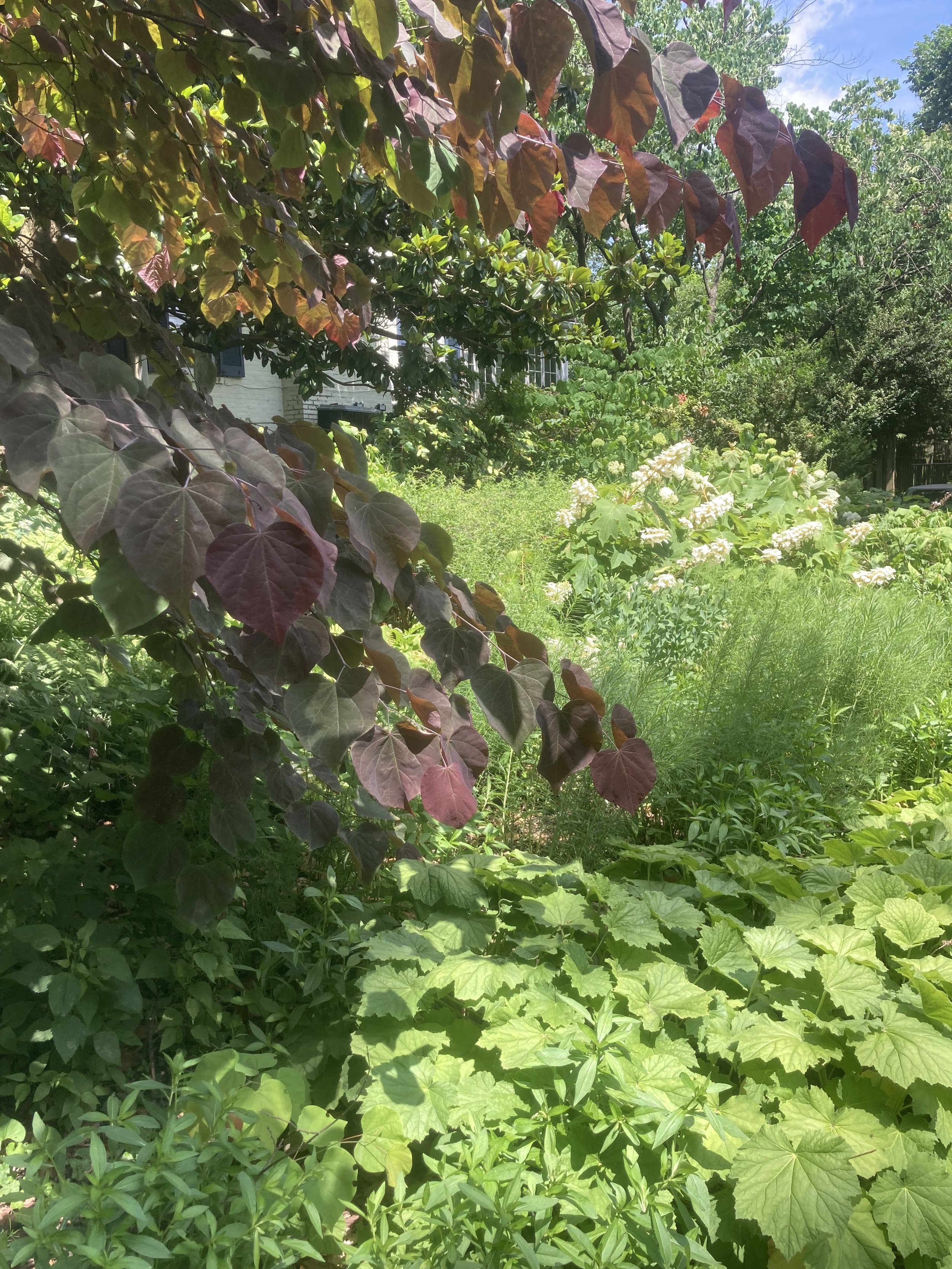

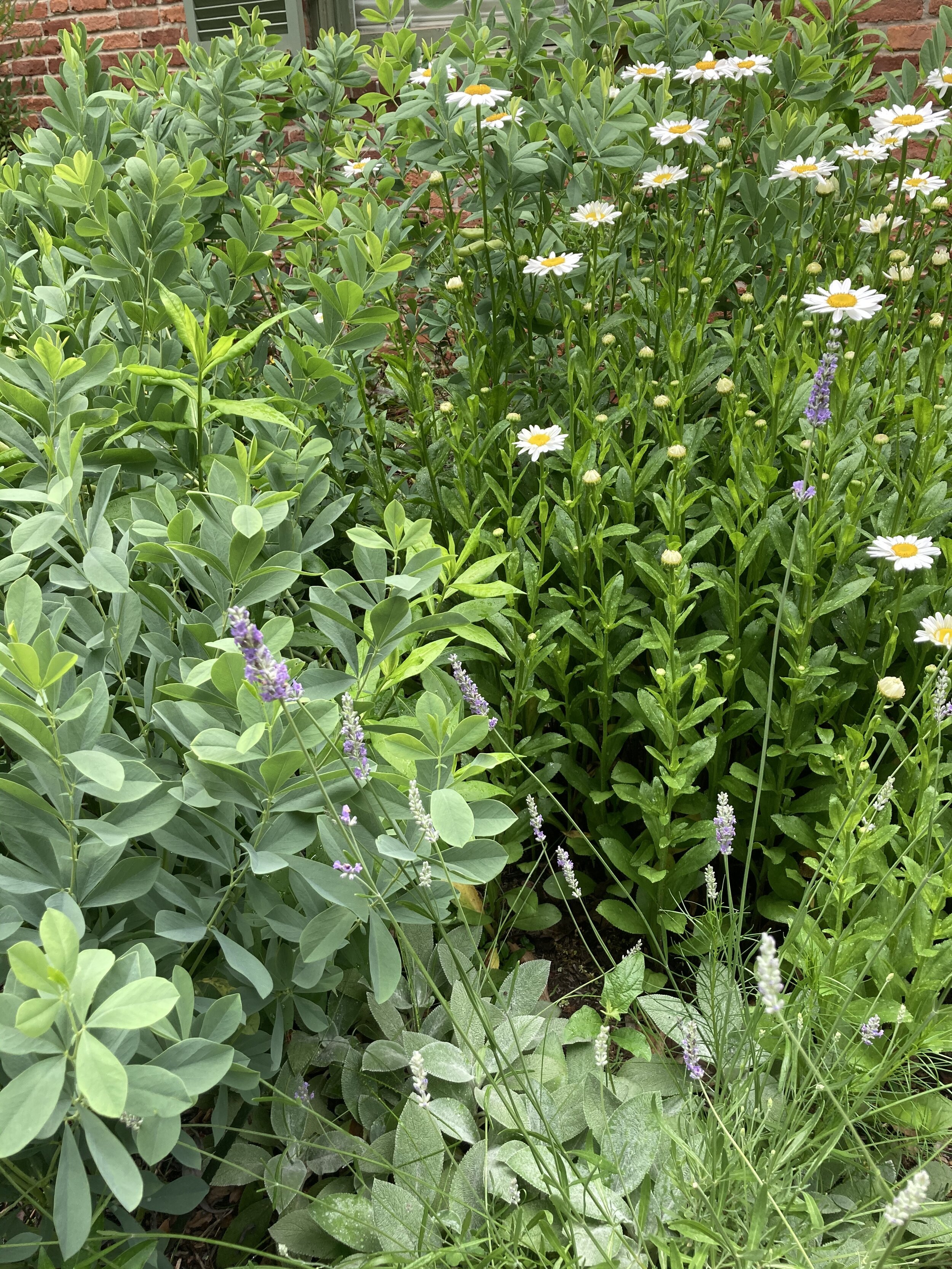
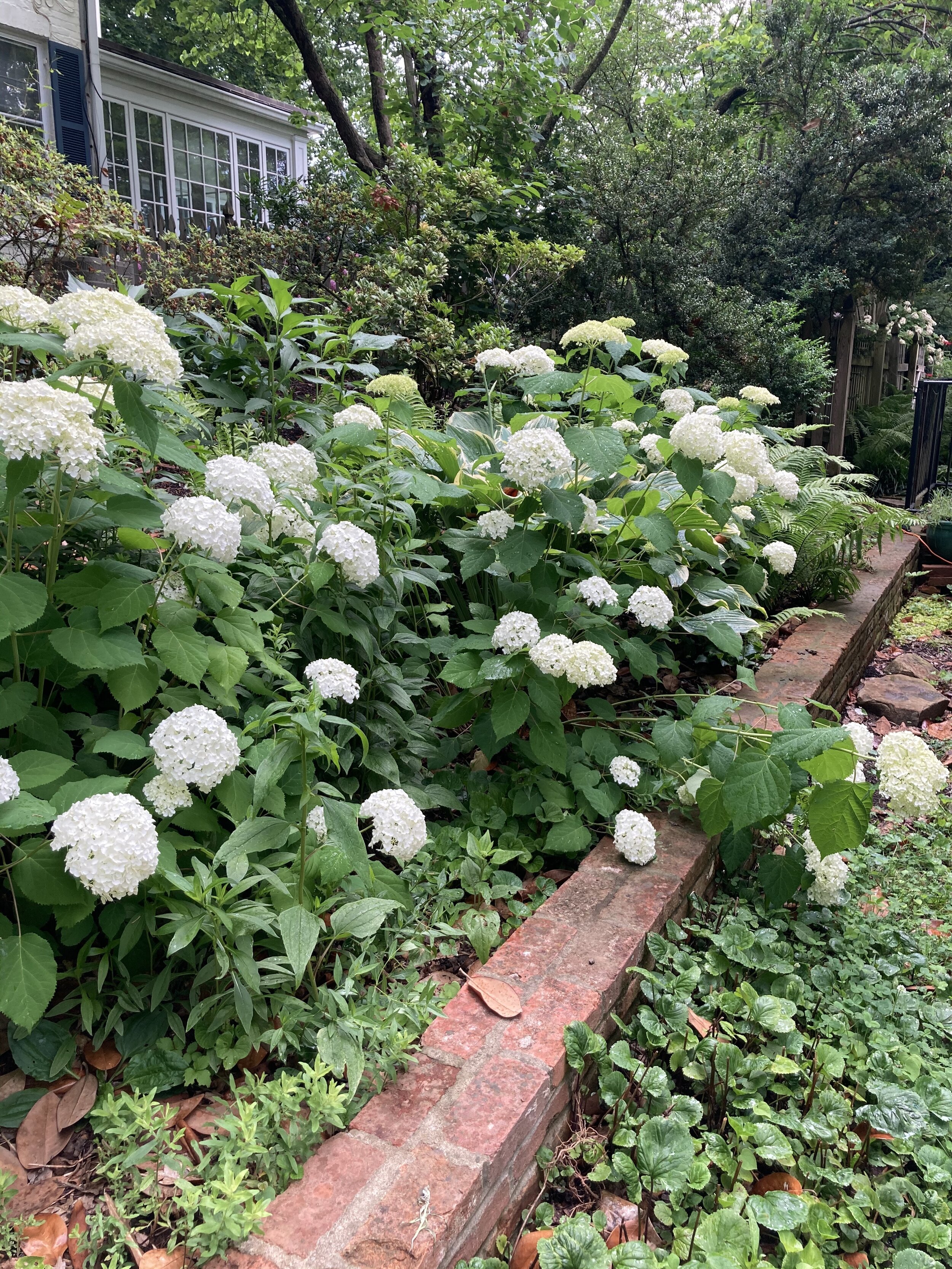
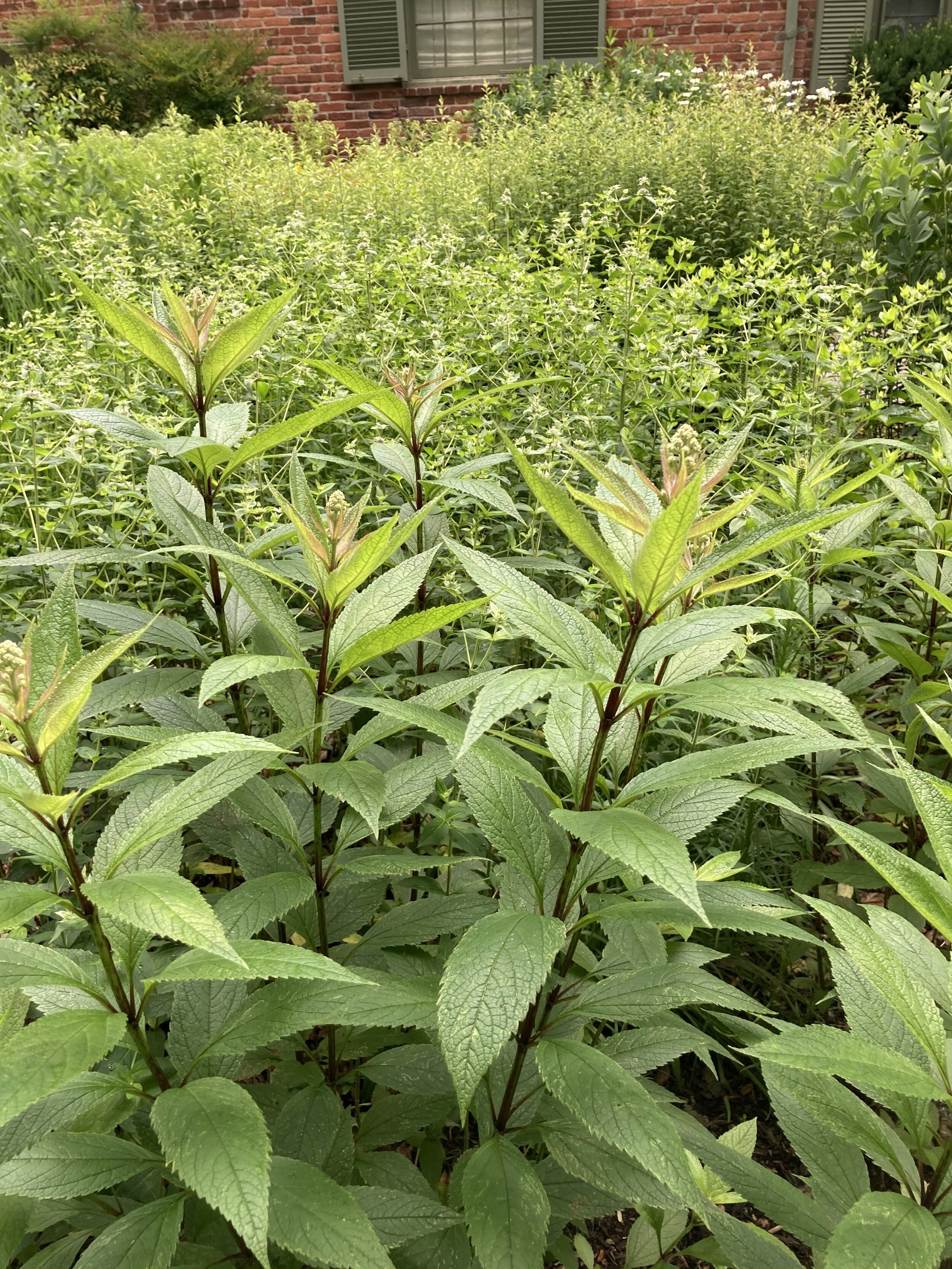



The pervasive love for grass is endemic to our culture. Not only do lawns require huge amounts of energy (mowing and irrigation), they are a one of the biggest consumer of pesticides. In addition, and perhaps most egregious, grass habitats deplete our ecosystems by transforming potential habitat into compact dead zones. This site on Northfield Rd was principally grass and the clients wanted to reduce some of their lawn in an effort to save energy and support wildlife. Encircled by towering oaks, the most valuable of all our tree species in terms of wildlife contribution, we sought to create habitat to support the creatures that depend on the majestic oak. In the mid-Atlantic, oaks support 557 species of caterpillars and every year an established oak produces thousands of caterpillars (an essential food for birds and their hatchlings). In order to complete their life cycle, moths and butterflies need viable and inviting pupation sites below trees, like oaks — by replacing a portion of compact lawn, under and near the trees, with a dense weave of native perennials and shrubs we added a layer rich in organic, loose material perfect for pupating Lepidoptera. To read more about how we can use our backyards to conserve plants and wildlife, see the book Nature’s Best Hope by Douglas W. Tallamy — he is my hero!

